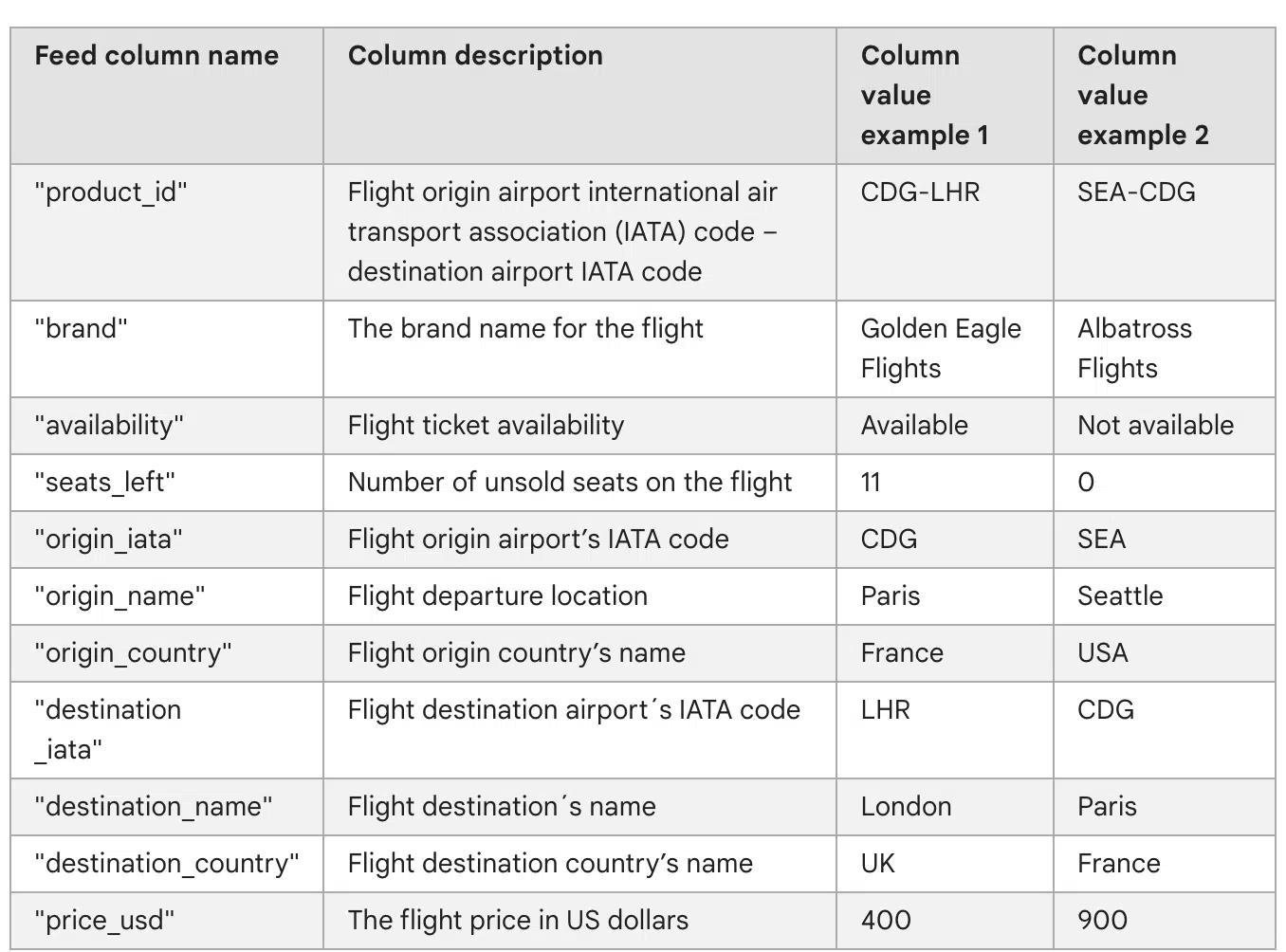Although Google Ads has built-in bidding algorithms and optimization features, some PPC marketers and advertisers still rely on Google's Search Ads 360 (SA360) to manage complex campaigns.
This article describes three key best practices and integrations that will help you maximize the value of using SA360.
- Leverage data integration with Google Analytics and BigQuery.
- Take advantage of advanced bid optimization features like value-based bidding and custom variables.
- Streamline the process of creating and managing your ads with templates and feed automation.
What is Search Ads 360 (SA360)?
Search Ads 360 is a Google-owned search management platform that enables agencies and marketers to manage search marketing campaigns at scale across multiple engines and media channels.
Search Ads 360 lets you create, manage, and report on search campaigns for:
- Google Ads
- microsoft advertising
- Yahoo!Japanese sponsored products
- Baidu
SA360 is for retailers with complex accounts and brands, especially those with product feeds with continuous inventory updates.
Below are best practices to get the most value from SA360.
1. Leverage data integration with Google Analytics and BigQuery
Two-way data synchronization ensures everything is consistent. Using Google Analytics Conversions to feed your bidding models establishes a single source of truth across platforms.
Feeding your data into BigQuery makes your analysis more robust. Some usage examples are:
Seasonal trend analysis
- Brands can analyze historical SA360 data stored in BigQuery to identify seasonal trends in search queries and bookings. This insight can help you adjust your ad spend and targeting strategy to make the most of peak booking periods.
Cross-channel performance
- By integrating data from SA360 and other advertising platforms into BigQuery, brands can understand the role of search ads in the broader context of their multichannel marketing efforts and optimize mixes to improve ROI.
Lead quality analysis
- Lead generation companies can use BigQuery to combine and analyze SA360 data with lead quality data from their CRM. This allows you to identify which search terms and campaigns are generating high-quality leads and adjust your bidding strategy accordingly.
2. Take advantage of advanced bid optimization features
Value-based bidding allows advertisers to focus not only on one conversion event, but also on a variety of events, such as email sign-ups, conversions, location searches, etc.
Setting different values for each event allows the algorithm to have a wider range of data and actions to optimize. Additionally, you can create weights across these different conversion events in SA360 to create the best combination of these events.
There is also the ability to set custom variables using Floodlight tags. These include products, locations, loyalty programs, and other custom variables that are very important to your company.
Differences alone may not seem to make much sense, but when built upon each other, meaningful differences emerge.
For example, consider profit margins by product. Let's say you sell a $200 printer and a $200 digital camera. In both scenarios, the revenue is $200, but the printer's profit margin is 30%, and the digital camera's profit margin may be only 10%. Therefore, the printer's $200 yielded a profit of $60, while the digital camera brought in only $20, giving it a priority sale.
Other items that make sense for your business include shipping costs that vary based on the weight of the product, or products that generate subscription revenue rather than one-time purchases. These are the types of advanced updates and rules you can help configure in SA360 that can really make a big difference.
This includes advanced support for a brand new campaign called “Cold Start.” Such campaigns try to balance learning mode with not seeking too high a position and wasteful spending.
Although it will still take up to two weeks to get enough data from this mode, this “cold start” mode is much better for launching your campaign.
Google specifically states that it will override the bid strategy's main goals, such as CPA, ERS, ROAS, position, and monthly spend amount set for the bid strategy. However, it does not override min/max bids or campaign budget.
Learn more: How each Google Ads bid strategy affects campaign success
Get the daily newsletter search that marketers rely on.
3. Streamline ad creation with templates and feed automation
In addition to retailers, there are many companies that offer different campaigns, products, and variations that can be automated and converted into templates, saving you a lot of time and effort.
The airline example below shows how you can use these variations to create dynamic ads for consumers.
If you set these up, you can get the most out of them by optimizing your feed. Remember, “Garbage goes in, garbage goes out.” To get the most out of these automation features, you need to make sure your foundation is solid.
These templates are located under Shared Libraries in SA360. The example below shows how to set up a feed.


Leverage SA360 for advanced PPC campaigns
Search Ads 360 is a powerful tool that can only be accessed through authorized third-party sellers. Skilled search marketers can effectively leverage its benefits.
However, like any tool, it requires expertise to get the most value.
Just as you wouldn't buy an expensive laptop just for web browsing, using this tool effectively requires a deep understanding of your business. Custom variables, templates, and data integration are essential to success, especially in competitive markets.
The opinions expressed in this article are those of the guest author and not necessarily those of Search Engine Land. Staff authors are listed here.


